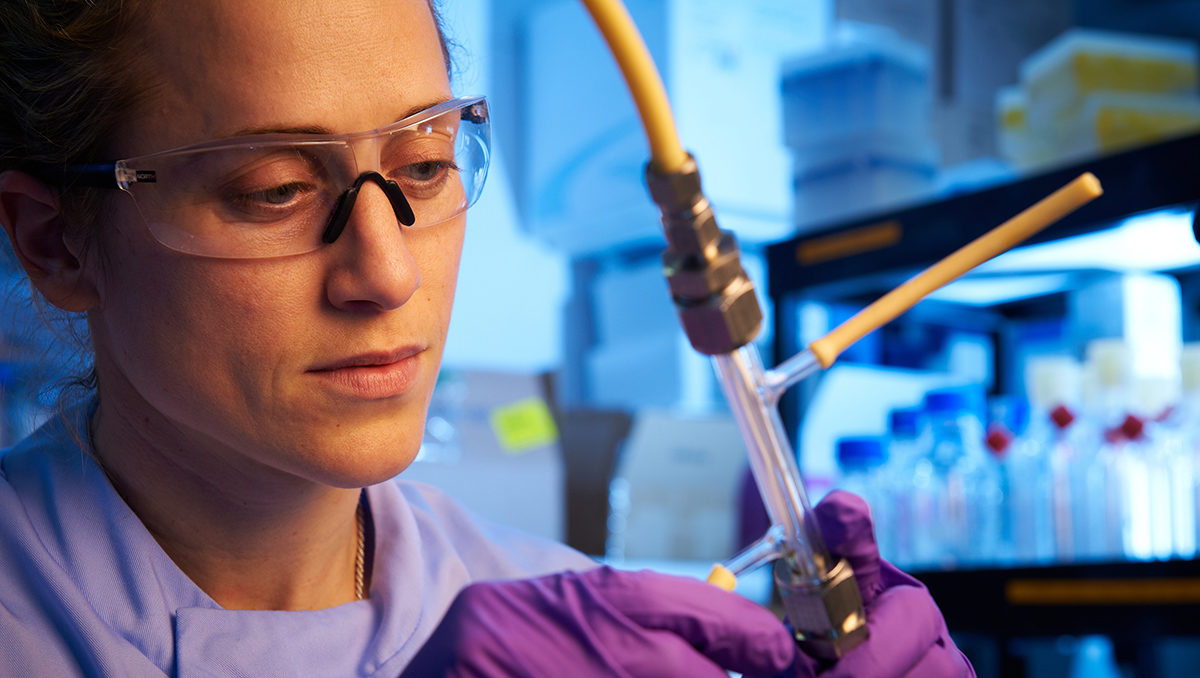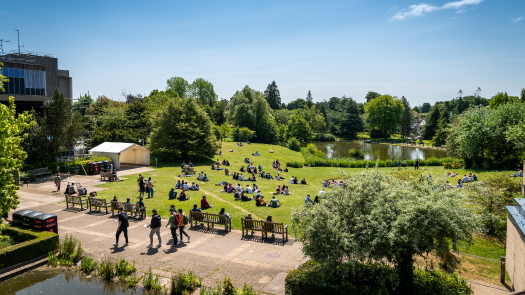Take a butcher’s at this! Tissue engineers at the University of Bath are growing animal cells on blades of grass.
Did you say blades of grass?
Yup.
Where?
Down by the lake.
I’m confused.
Just kidding. In the labs in 9 West.
Not funny. Why are they doing that?
To eat, of course.
But how does it work?
A biopsy is taken from a pig or a cow, then stem cells from the sample are placed in a bioreactor, where they are fed a solution of glucose, amino acids, vitamins and minerals. This allows the cells to develop into mature muscle cells that form meat.
Mmm. Tasty.
It is, actually. Although the current texture means it’s best suited to making sausages and burgers.
But why do we need lab-grown meat?
For two very important reasons, says Dr Marianne Ellis, who’s leading the research. First, we need something like an additional 60 million tonnes of protein to feed the world’s growing population by 2050. Current food production methods won’t scale to keep up with what we need to feed everybody. Second, it’s better for the planet, producing fewer greenhouse gas emissions, and using less water, land and energy compared to traditional beef production.
So when can I get it in the supermarket?
That’s still a few years off. Right now, Marianne’s team is working on reducing the costs – and the energy – required to grow it. But their work is helping the UK understand how to scale up production most effectively. The aim is for lab-grown meat to be the same price as traditional meat in the shops.
Well, burger me.
Hey, watch your language! This is a family blog.
Respond



